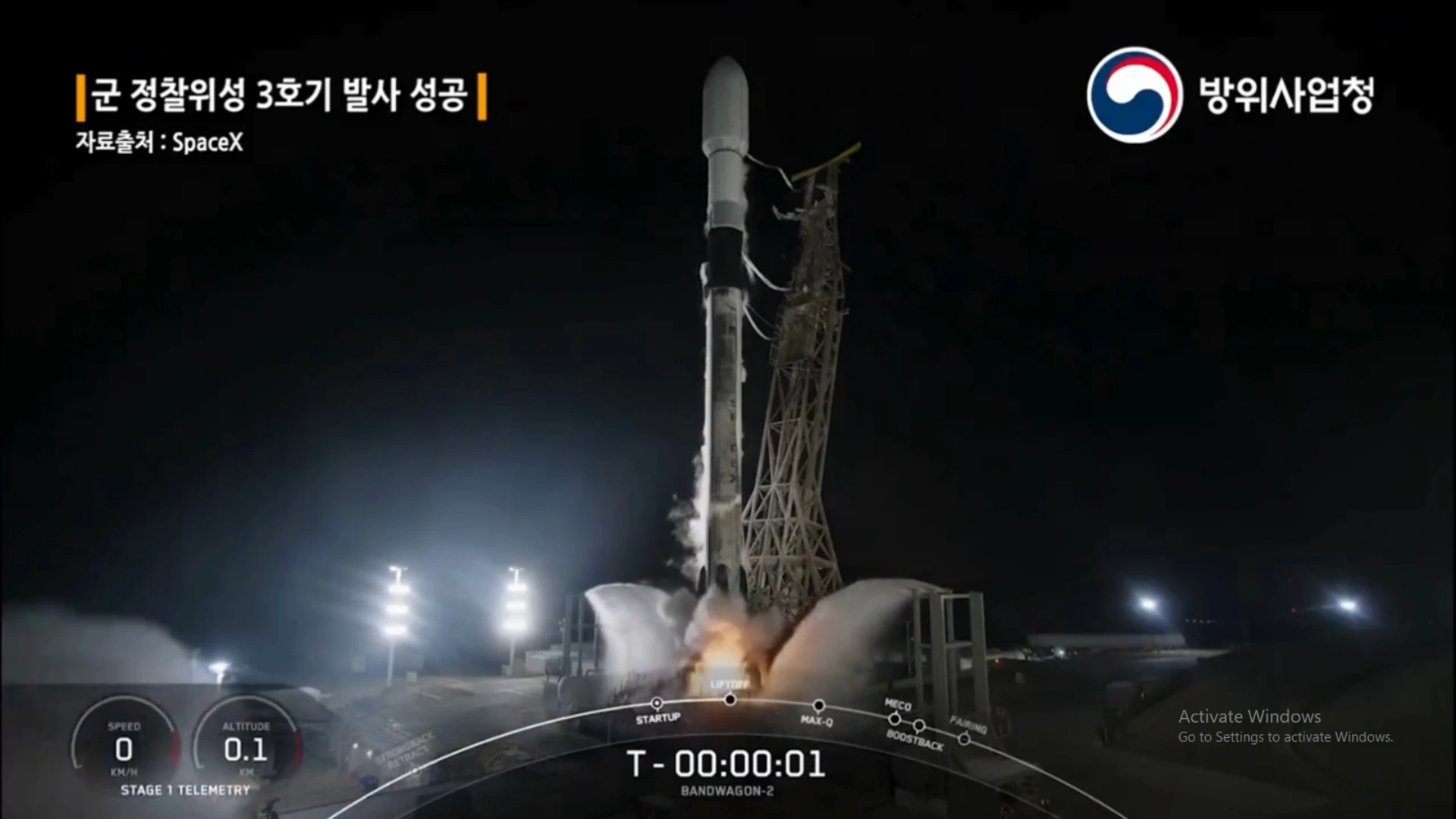A widely shared video on social media shows a building in Beirut, Lebanon, being demolished within minutes after Israel dropped a bomb on October 22. A rare image captured by an Associated Press photographer just before impact shows the explosive, believed to be one of Israel’s most powerful smart bombs.
Israel issued a 40-minute evacuation warning for two buildings in a Beirut suburb, stating that the structure contained Hezbollah facilities.
Independent arms researchers, after analyzing the images, identified the weapon as a guided bomb, specifically a SPICE bomb, launched from an Israeli aircraft. Richard Weir, a senior arms researcher at Human Rights Watch, confirmed that the tail fin and nose sections suggest it was a 2,000-pound warhead equipped with an Israeli-made SPICE guidance system.
SPICE, which stands for Smart, Precise-Impact, and Cost-Effective, is a guidance kit produced by Rafael Advanced Defense Systems in Israel. It can transform a standard unguided bomb into a precision-guided weapon. These bombs are designed for use in all weather conditions, day or night, and in areas where GPS might be disrupted.
Before the building’s destruction, two smaller strikes, known as “knock on the roof” warnings, were reported by AP journalists. This practice, used in Gaza as well, is aimed at minimizing civilian casualties. However, local officials in Gaza report over 40,000 deaths from Israel’s military actions, without distinction between civilian and combatant casualties.
The Israeli military did not comment on the specific weapon used in Beirut.
Rafael markets SPICE systems for their high accuracy and minimal collateral damage. These bombs can be launched from as far as 60 kilometers from their target, keeping the attacking aircraft out of danger. The 2,000-pound version can cause significant destruction but is designed to limit blast fragmentation to the intended target.
Joseph Dempsey, a defense analyst at the International Institute of Strategic Studies, confirmed that the images likely depict a 2,000-pound SPICE bomb. The bomb’s guidance system likely uses GPS and electro-optical sensors to guide it to the target.
The bomb’s effectiveness is due to several factors, including its size and a delayed action fuse, which ensures that the explosive buries into the ground before detonation, limiting the extent of damage and fragmentation. As a result, nearby individuals felt minimal impact from the blast.
While the SPICE guidance kits are made in Israel, the origin of the bomb is less clear. The MK-84 style explosive may have been supplied by the US, but similar bombs are also produced in other countries. In 2019, Rafael partnered with Lockheed Martin to produce and sell SPICE kits in the US, with a majority of the components made in various US states.
Following Hamas’ October 7 attack, the US State Department approved the export of additional SPICE bomb assemblies to Israel. The request, first reported by *The New York Times*, sought a $320 million shipment, amending a previous $403 million license from 2020. However, pinpointing the exact source of the explosive requires more specific remnants and markings.







